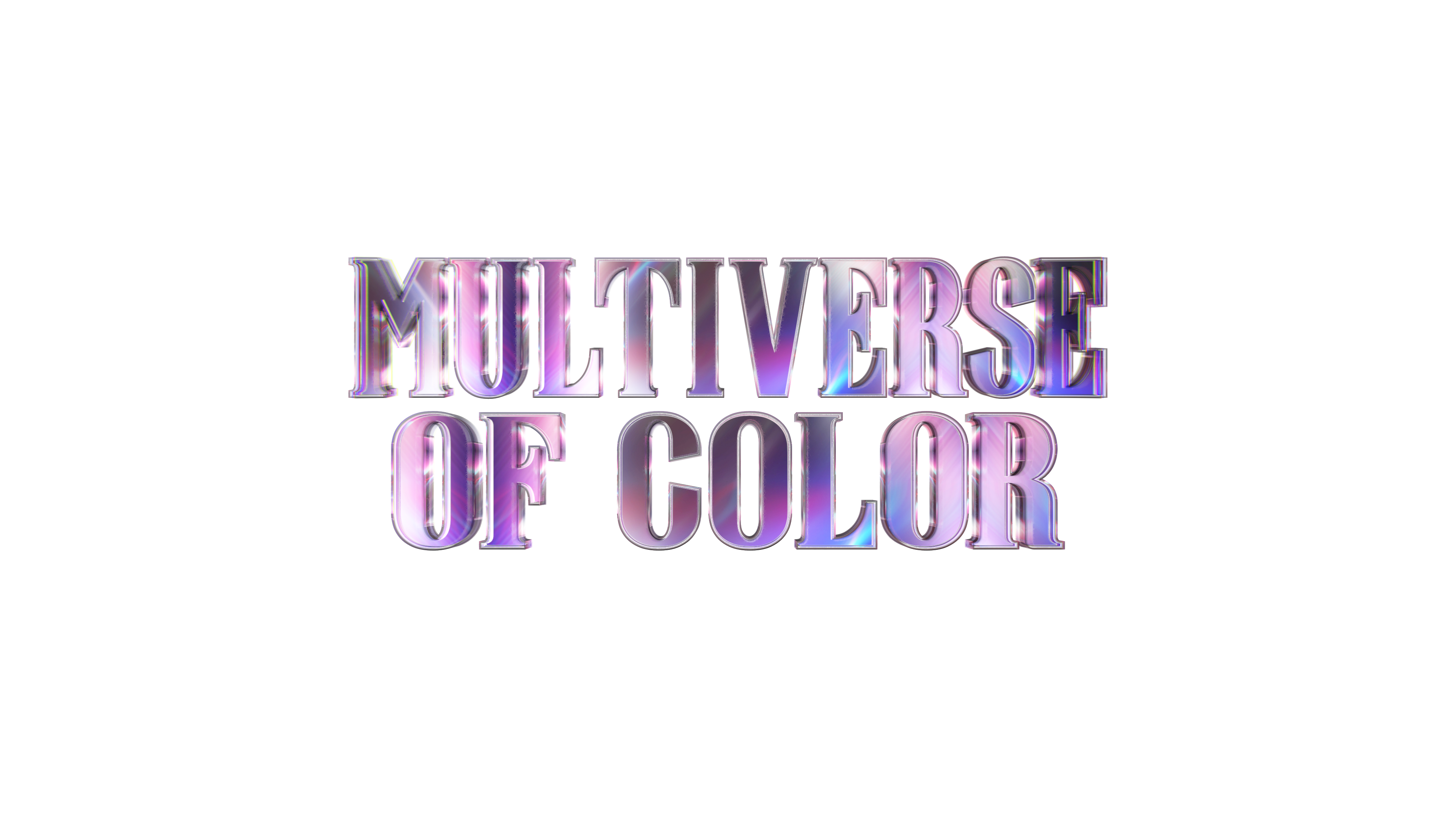
By Ryan E.C. Hamm
For a group of heroes who have been around for more than 50 years, the X-Men have a remarkable collection of unique stories. Different writers, different team-ups, new characters and a shifting Marvel universe have worked together to keep the characters fresh a half-century after they’ve launched. Not that every storyline has been good (*cough* Schism *cough*), but the X-folks have remained interesting and fresh through the years.
So it’s hard to know if Jeff Lemire’s new Extraordinary X-Men #1 is simply time catching up with the X-Men, or a story arc that has yet to distinguish itself from the past. Each page seems to introduce a new story beat that’s been done before. A new X-leader trying to make her mark on the team after traumatic events? Check. Jean Grey wrestling with what her powers mean to her and her loved ones? Check. Non-mutants protesting against the mutants? Check. A mutant race at risk of dying out? Check.

It’s this last one that’s most glaring. It hasn’t been that long since M-Day nearly wiped out the mutant population, creating an environment where no more mutant babies were being born, and the X-Men faced an uncertain future for homo superior. Without spoiling anything, that status quo is nearly directly echoed in Extraordinary X-Men, to the point where I half-expected Bishop and Cable to turn up on each page to try to save/kill the mutant messiah. The explanation for the problem might be different, but the whole set-up is way too similar.
The rest of the story is standard issue-one stuff: Storm is trying to put her team together, some people need some persuading, mutants need rescuing from violent protestors, etc. etc. Like the overall threat to the mutant race, it’s not bad … it just feels like we’ve done all of this before (and probably more than once).
This might turn out to be too harsh—it’s clear from this first issue that Lemire has a good grasp of the various personalities on the team. Nightcrawler and Old Man Logan, in particular, jump off the page. It seems that Storm will be the lens through which the rest of the team is viewed, but so far Ororo isn’t distinguished very much in this iteration. Lemire has long excelled at writing tight little family dramas in the midst of worldwide chaos or threats (particularly in Sweet Tooth and Animal Man), so it will be interesting to see if he’s able to pull in those strengths as the series progresses.

The art from Humberto Ramos is similarly mixed—while the cartoony look creates a great contrast for the grizzled, hulking Old Man Logan, it doesn’t always do the smaller characters (particularly Jean Grey and Magik) any favors. However, as long as Storm’s insane mohawk continues to take over entire panels, the art is on the right track. Additionally, the panel layout is creative and tells the story well.
Overall, this might just be a issue #1 problem—perhaps all of this world-building is leading somewhere interesting, and the initial plot points are less repetitive than they seem. But after a single, giant-sized issue, it feels like the X-Men are out of stories to tell—or that Lemire (one of the most talented comics writers out there!) just isn’t sure how to leave his own stamp on the X-Men. Hopefully, he’ll focus in on the characters and how they relate, and we’ll end up remembering this as a bumpy start to a great ride.
By Ryan E.C. Hamm


